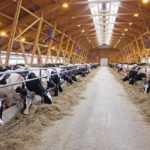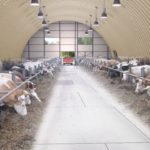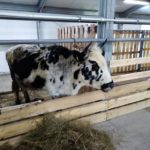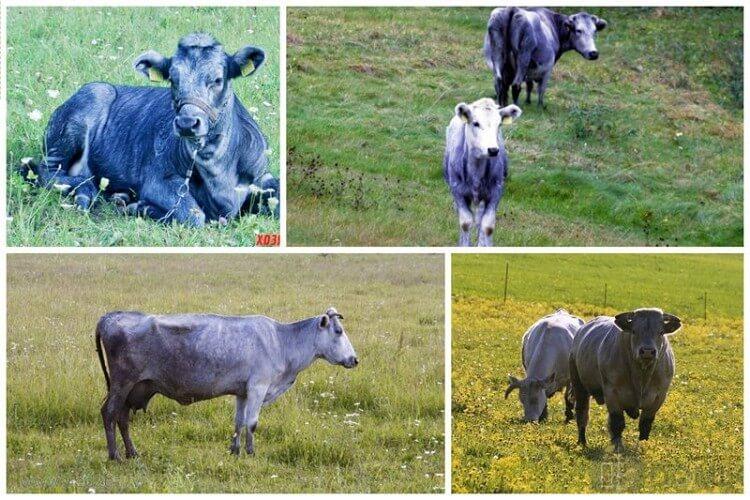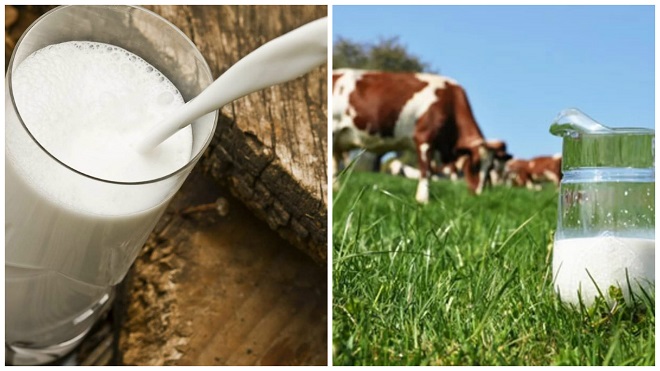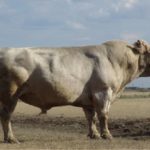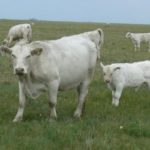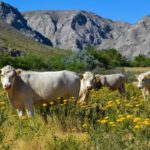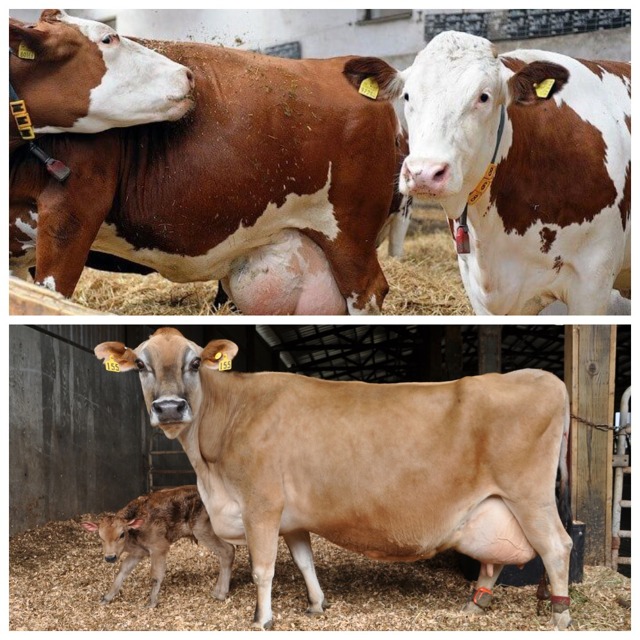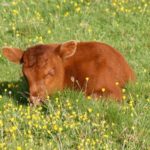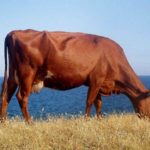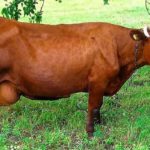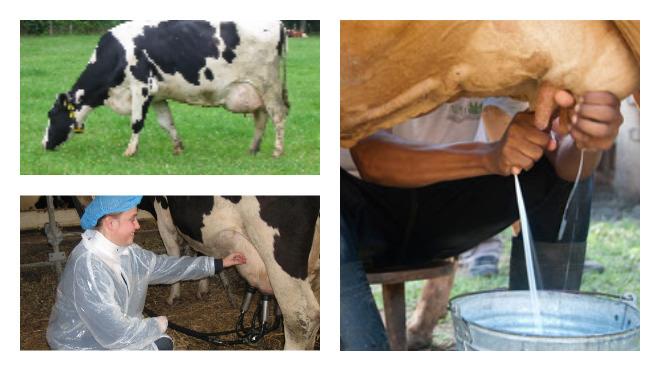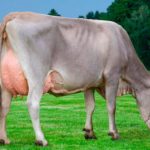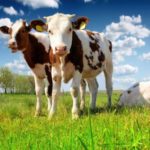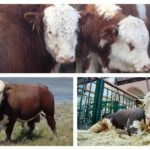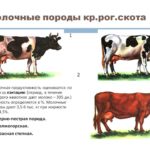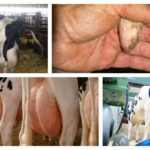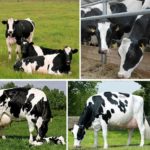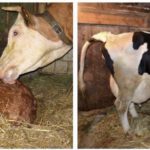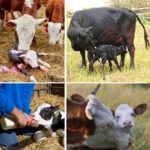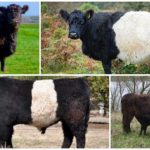Keeping cattle depends on the characteristics of the animals. Those who keep cows often ask questions about what to feed them and what elements must be included in the diet. Animals that receive a balanced diet produce high-quality milk, are not susceptible to infection, and are resistant to various types of epidemics. The habit of planning a diet in advance and purchasing feed will be the key to successful farming for a novice farmer.
What can you feed cows?
Contents of cattle involves the use of a variety of feeds when compiling a diet. To prevent animals from experiencing hunger, it is necessary to stock up on grain and hay. Young animals are given an increased amount of silage, crushed grain and concentrates are added. All feeds are calculated based on averages, with a certain reserve for unforeseen circumstances.
Cow diet depending on season
Feed calculations are influenced by the current time of year. The seasonality of cow walking affects the diet. It is much more profitable to keep livestock in the summer, but the warm season is used to prepare feed for the winter.
Feeding in winter
When planning winter nutrition, cows are guided by the formula: in winter, 5 kilograms of feed are needed for every 100 kilograms of the animal.
| Type of feed | Daily value (kilogram) |
| Straw | from 5 to 12 |
| Silage | from 5 |
| Vegetables | 5-8 |
| Concentrates | 4,5 |
| Salt | 60 grams |
No matter how much a cow eats, she needs to drink daily. Active animals receive up to 35 liters of water daily. Drinking water should be clean and warm. Drinking bowls intended for drinking are cleaned daily, and more thorough cleaning is done weekly.
Summer diet
In summer, the diet changes; due to walking on pastures, feeding becomes not completely rationed.
| Type of feed | Norm per day (kilogram) |
| Hay | 8 |
| Silage | |
| Concentrates | 2,5 |
| Vegetables | |
| salt | 60 grams |
In summer, farmers recommend giving animals access to drink and salt lick. When walking, cows receive the necessary succulent feed, so they do not need additional supplies of vegetables and silage.
Pasture keeping allows you to save on feed in the summer, since access to fresh grass helps the animal to be completely satisfied.
Feeding depending on purpose
Average indicators when planning a diet change depending on the purpose for which the cow is fed. There are several types of content:
- For the purpose of obtaining meat. This means that cows must be well-fed.
- For milk yield. Cows that produce milk are kept in special conditions and require nutrition that improves the quality of the milk.
- During the dry period, that is, the period when the cow is preparing for calving.
Each period involves a special organization of nutrition. Cows need to receive minerals and vitamins before calving, and animals destined for meat need to build muscle mass.
To get milk
The diet of dairy cows differs from the diet of cattle that do not produce milk. Dairy cows have a calm disposition, they do not move too much, chew a lot of hay, and prefer to rest in partial shade on pastures. The farmer’s task when planning to increase milk yield is to create a diet that has a milk-producing effect.
One cow can consume up to 100 kilograms of fresh grass daily, but will still provide up to 25 liters of milk. Components that are included in the diet of a dairy cow:
- high-quality plant feed;
- animal type additives;
- concentrated feed;
- vitamin and mineral supplements.
Diet for a cow that produces 20 liters of milk:
- hay – 12 kilograms;
- silage – 1 kilogram;
- vegetables – from 8 kilograms;
- bread crumbs - 2 kilograms;
- salt – 100 grams.
Information! During milking, energy feed is added to the diet.
To get meat
Meat breeds of bulls are fattened for meat according to one of the following options:
- The traditional option is up to the age of 1.5 years.This is a short period that involves feeding cattle with high-calorie feed with the addition of bread, boiled vegetables, and vitamin complexes.
- Average – up to 6 months. Fattening over the norm with the addition of proteins.
- Accelerated – up to 8 months. Moderate feeding of specially selected breeds. This case assumes that by the end of the fattening period the animal will weigh about 500 kilograms.
The source of proteins is crushed grain, hay, and root vegetables. Crushed powder is given both dry and diluted with water. This method is used regularly throughout the fattening period. It helps build muscle mass in a short period of time.
For feeding meat breeds, feed vegetables are included. They are cut into medium-sized pieces, washed thoroughly, and some types of vegetables are steamed. Small pieces or too large cuts can cause indigestion and lack of the chewing reflex, which is important for the digestion process.
Bull calves are traditionally sent for slaughter when they reach the age of 1.5 years, but if necessary, the dates are shifted and alternative feeding schemes are used.
During the dry period
The dry period is the period that lasts from launch to calving. Pregnancy in cows lasts 285 days, so the diet should be prepared with special care. At home, it is recommended to approximately calculate the norms and correlate them with the weight and milk yield of the cow:
For a cow weighing 400 kilograms you will need:
- 6.8 kilograms of main feed;
- 9 kilograms of hay;
- 1 kilogram of protein;
- 2.3 kilograms of raw vegetables;
- 500 grams of sugar;
- 100 grams of salt.
On farms, calculations are made in accordance with the amount of lactation. For example, if the female had 3 lactations, then another 2 kilograms of main food are added to the diet.
14 days before the expected calving, the diet is changed in accordance with the following recommendations:
- Corn silage and haylage are being reduced in relation to the increase in cereal hay.
- Cows are given root vegetables, concentrates, and wheat bran. For highly productive breeds, the amount of wheat bran should be at least 1 percent of the total daily requirement.
- Daily consumption of chalk and salt is kept under control.
- The characteristics of consumed fats and carbohydrates are being reviewed. Easily digestible elements lead to the accumulation of acetone in the blood, so you should change the type of food.
Information! Three meals a day are recommended for the animal during the dry period.
Highly productive breeds
Highly productive breeds are distinguished by the fact that they have an accelerated metabolism. To maintain a good level of metabolic processes, the diet consists of the following elements:
- 25 percent vitamins and minerals;
- 25 percent protein;
- 50 percent fats, carbohydrates, nutrients of various types.
The basis of the daily diet is hay, silage, and fresh grass. Beetroot and potatoes are added to these components. Crushed food is given weekly, based on the weight of the animal.
To increase milk yield
Milk is the main product obtained from dairy breeds. Lactation, as a physiological process, can be dynamic; an increase in productivity can be predicted and planned. Drawing up a feeding plan helps calculate costs and planned milk yield.
Characteristics of the plan designed to increase milk yield:
- the daily norm is from 50 to 80 kilograms of feed;
- inclusion of barley, wheat, cake, beets, silage, hay, grass;
- dry food makes up 3.5 percent of live weight;
- succulent feed is added according to the formula: 6 kilograms of feed per 100 kilograms of live weight;
- adding concentrates at the rate of 100 grams per 1 liter of milk;
- three meals a day.
To produce 1 liter of milk at milk yield, a cow requires 4 to 6 liters of fluid daily, so free access to water is an important component of the scheme, which involves working to increase milk yield.
To increase productivity, it is recommended to use special feed additives. They are prepared on the basis of vitamins, minerals and trace elements. Additives help increase milk yield and at the same time improve the quality of the resulting milk.
In addition to feed additives, special probiotics are used, which are responsible for the digestion processes and the condition of the animal’s gastrointestinal tract. In addition, maintaining a stable milking schedule is important. This means that the cow must be milked at the same time every day. The stress that occurs when an animal reflexively begins to expect milking can reduce the highest rates.
Reference! Increasing the amount of fluid you drink per day increases milk yield by 7 percent without additional addition of other components.
For cows after calving
Calving cows need a balanced diet. Due to the fact that they have lost a lot of energy, animals feel the need to receive saturated feed. After calving, it is recommended to increase the content of concentrates to 45 percent of the total norm.
There should be enough feed for the animal’s body to recover, while milk is produced and lactation is established.
Leftover bread is added to the traditional menu, crushed bread is made, and vitamin and mineral supplements are added. Feeding is organized from the first day, but this is done gradually so as not to provoke disturbances. Rules for catering:
- After half an hour of the calving process, the cow is given warm water and high-quality hay in unlimited quantities. The cow is milked up to 6 times during the day, during which calving occurs.
- For the next 48 hours, food is provided from water and mash. Chatter is a mixture of warm water and wheat bran.
- From the third day they do not give mash. It is replaced with a mixture of oats, bran, and flaxseed meal. In one day, the amount of the mixture is increased to 15 kilograms.
- The amount of feed is gradually increased to 2 kilograms. Gradually introduce succulent feed, add silage and vegetables.
Gradually establishing nutrition helps to avoid various disorders of the cow’s gastrointestinal tract. Within three days, milk yield should increase automatically. If this does not happen, then the amount of grain feed consumed should be reduced.
Veterinarians and experienced breeders argue that after calving, each animal requires an individual approach, which will help to find out which feeds the cow consumes with pleasure and which ones she refuses. During the milking period, adjustments should be made to the animal’s preferences in the diet plan.

